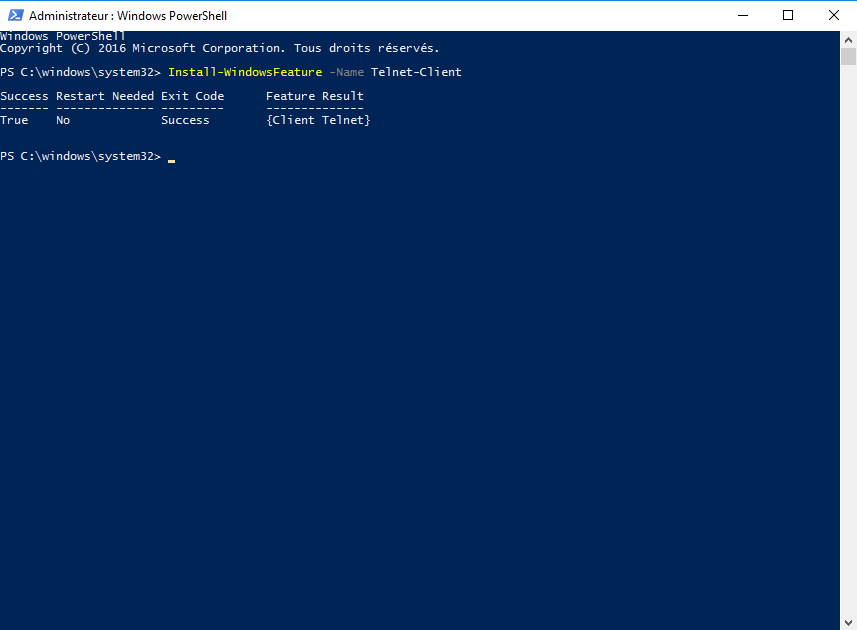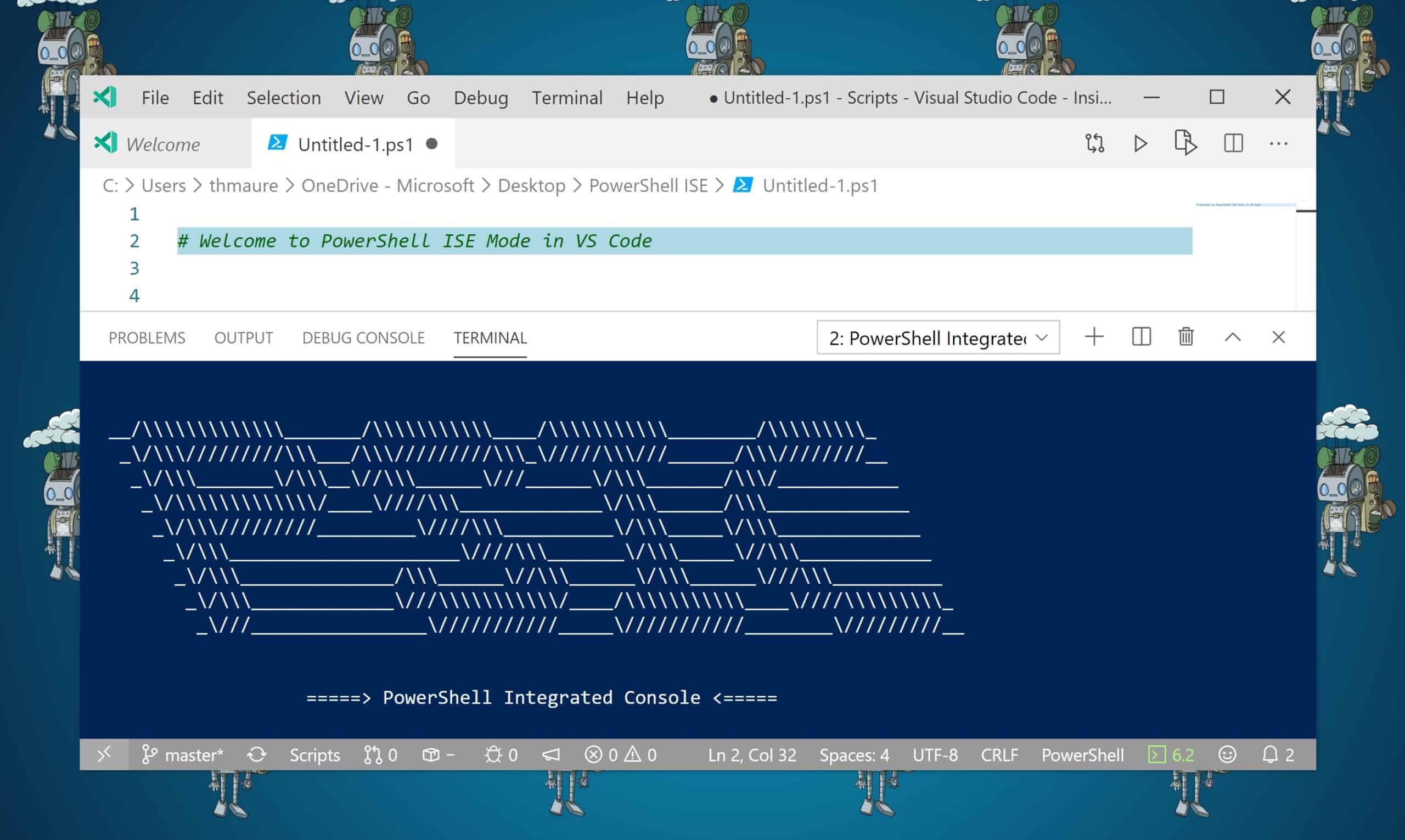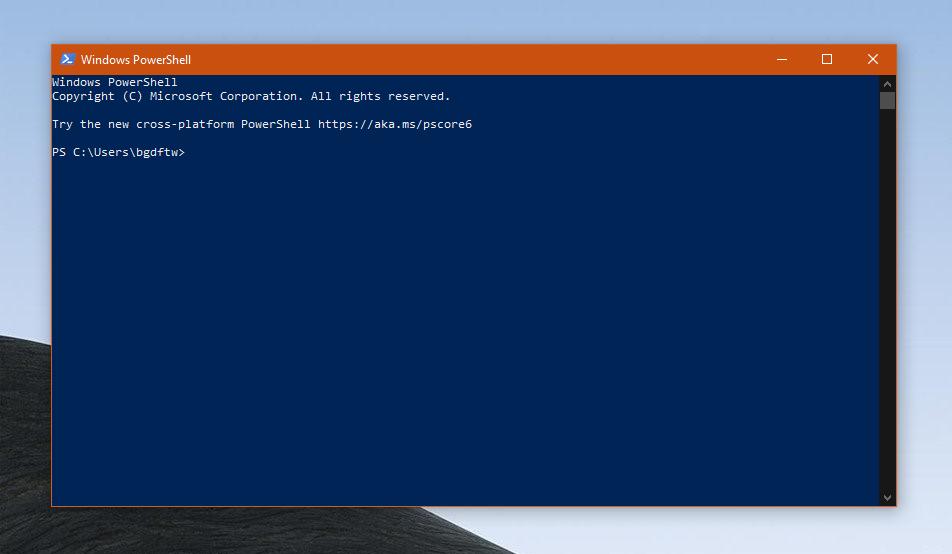

Windows Power Shell Script execution is now enabled.

You will be prompted that whether you want to change the script execution policy or not. Input “Set-ExecutionPolicy unrestricted” and press Enter on your keyboard.ĥ.

Click on Yes.Ĥ.To change the script execution policy, use the Set-ExecutionPolicy cmdlet. Select the shortcut of powershell and right click on it and click on the option of Run as Administrator. Now search for Windows Powershell, select Windows Power Shell.ģ. Click on start and search for accessories.Ģ. Steps to allow Execution of PowerShell Scripts on Windows 7ġ. This will prevent you from not only executing any of your own scripts, but also will prevent the Windows PowerShell Modules (located in Administrative Tools in the Control Panel) from working. NET classes.īy default, the execution of PowerShell scripts is disabled in Windows 7. Sets of cmdlets may be combined together in scripts, executable (which are standalone applications), or by instantiating regular. NET classes implementing a particular operation. In PowerShell, administrative tasks are generally performed by cmdlets (pronounced command-lets), which are specialized. Import-csv -Path users.Windows PowerShell is Microsoft’s task automation framework, consisting of a command-line shell and associated scripting language built on. Property, so performing x number of queries where x is the number of lines in the csv instead of just the one query is more taxing (it means the DC has to perform x amount of searches instead of just one search for all users). Jrv's answer is the most concise and easier to understand, but if we're talking purely about performance it can be improved, specially because EmployeeId is not an indexed

Would it not be better to tell the DC exactly what you're after (which is user with EmployeeId = xxx), let the DC perform the query and get back to you with the results, You're first retrieving connecting to the DC, asking for 10.000 users, sending it over the wire, savingġ0.000 users onto memory and then cycling through each of the 10.000 users to see which has an EmployeeId I asked for. NET Framework, which was only available in Windows. The Move to Cross Platform From 2006 to 2016, PowerShell was only available on Windows, named Windows PowerShell up to version 5.1. Let's say I have a CSV file with 10 users I want to query in a directory with 10.000 users. But as of Windows 7 and Windows Server 2012 R2, PowerShell became installed by default on all Windows operating systems. I know all of this is somewhat confusing to new user but by carefully analyzing and trying each new piece of code you will come up to speed fairly quickly. Get-AdUser -filter "employeeid -eq '$($_.EmployeeId)'" Here is a cleaner view: Import-Csv users.csv | Import-Csv users.csv |% | Select Name, SamAccountName Regis - go back and read the OP carefully then apply the second OP post to my answer:


 0 kommentar(er)
0 kommentar(er)
